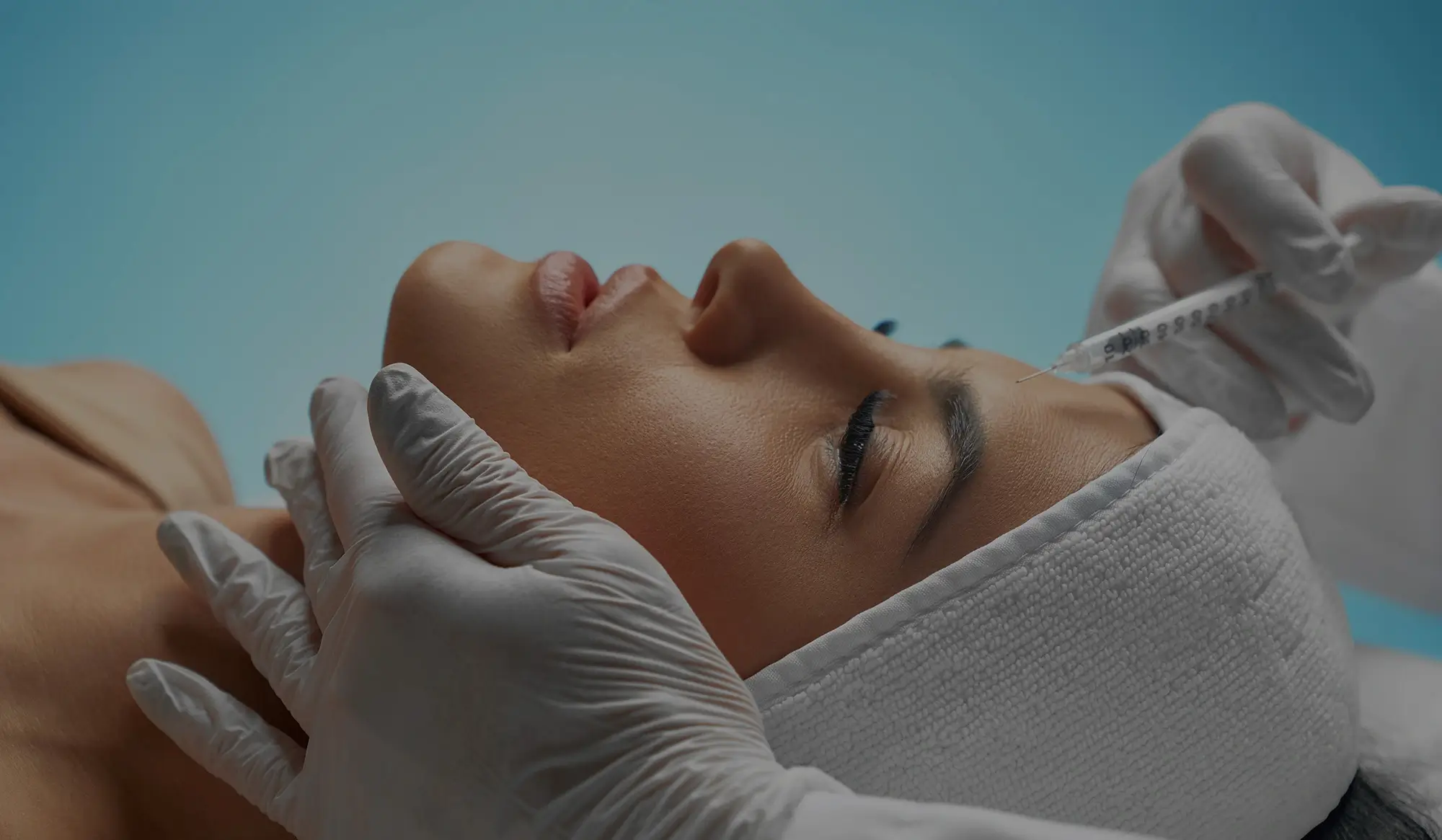FDA approved treatment to temporarily smooth moderate to severe facial lines in adults by relaxing the dynamic muscles.
Dynamic muscles appear when expressing emotions, such as fear, worry, joy, sadness, or surprise.
The development of wrinkles, creases, and lines, which can give the impression of anger, fatigue, or a more advanced age, is influenced by both the natural aging process and a history of unintentional facial muscle movements. While aging is a natural part of life, we now have an exceptional range of mild, non-surgical interventions at our disposal to tackle these bothersome facial characteristics. Among these solutions, BOTOX® has gained prominence as one of the most frequently administered non-surgical treatments for effectively dealing with such concerns.
BOTOX Cosmetic was approved by the Food and Drug Administration (FDA) in 2002 for the cosmetic reduction of forehead lines and has successfully been used to treat a wide range of other conditions, such as wrinkles on the neck and gummy smiles.
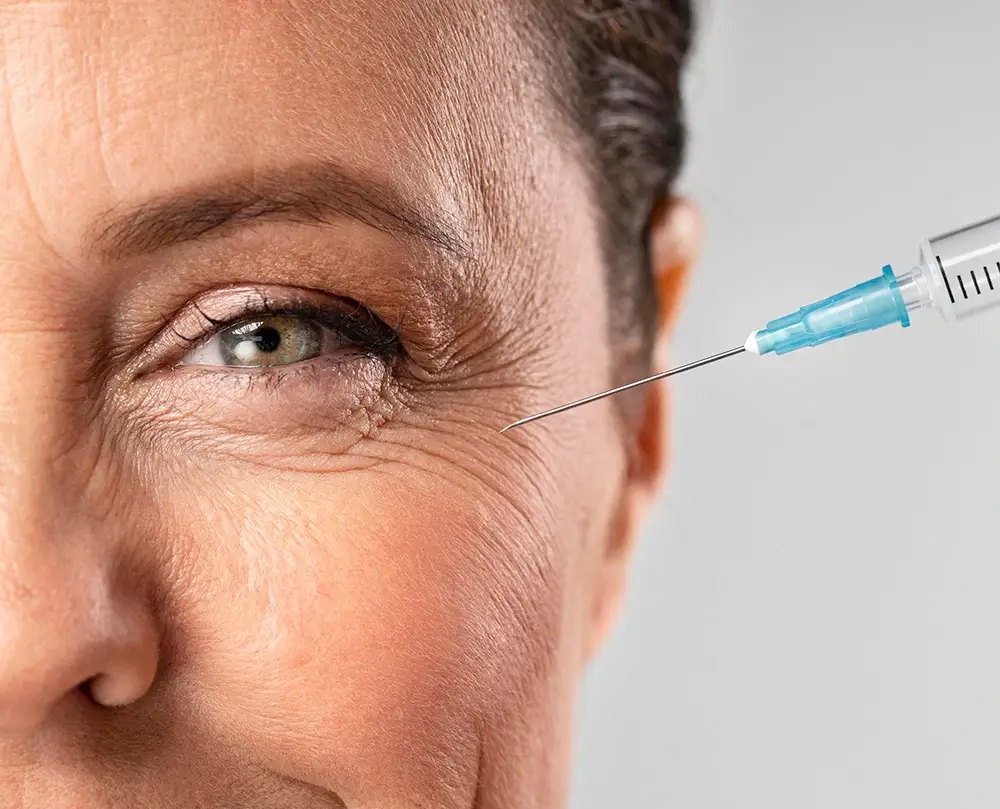
How Does BOTOX Work?
BOTOX is designed to soften wrinkles caused by the muscular activity of your face. Your facial muscles move when you make certain expressions and over time, this muscle movement creates wrinkles where the skin folds together. BOTOX works by blocking signals from the nerves to the muscles. When the injected muscle is unable to contract, wrinkles relax and soften.
Using a tiny needle, we inject BOTOX into the muscles below the targeted area. The procedure is quick and requires no surgery or downtime. The injections themselves are relatively painless. Some patients experience minor discomfort at the injection site, but this is only a temporary effect that quickly subsides.
Most common areas of treatment:
- Forehead lines
- Crow’s feet
- Frown lines
Botox can also be used for:
- Jaw Slimming
- Teeth Grinding
- Brow Lift
- Reduce Gummy Smile
- Prevent Excessive Sweating
- Minimize Dimpled Chin
BOTOX Before and After
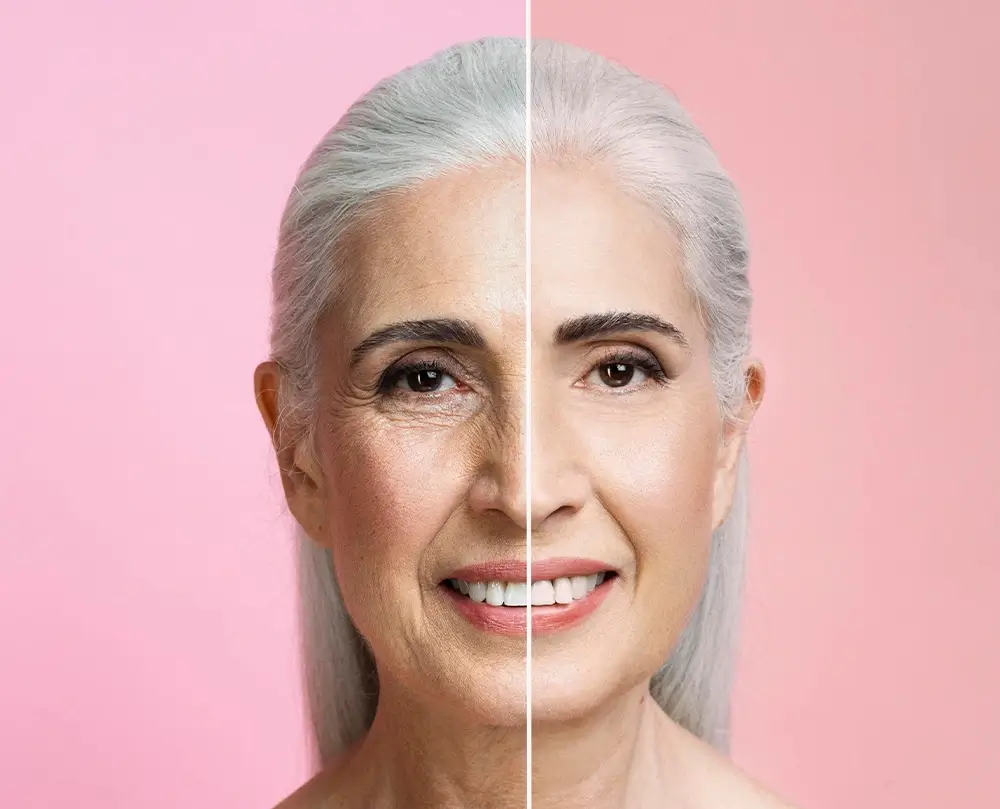
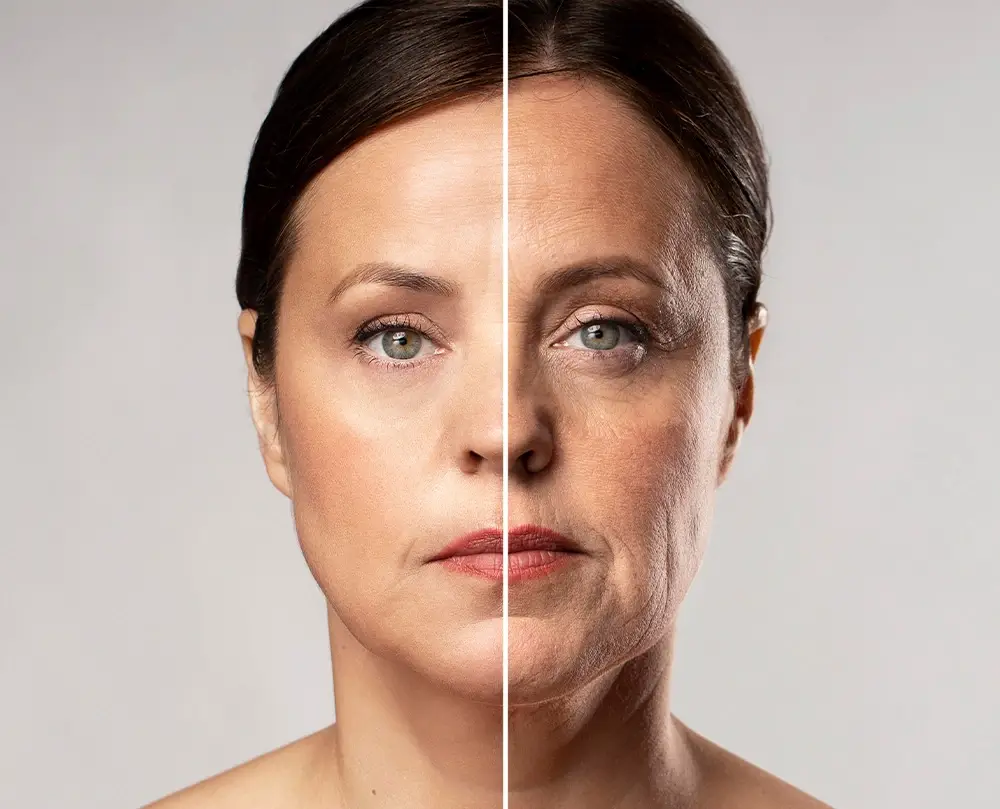
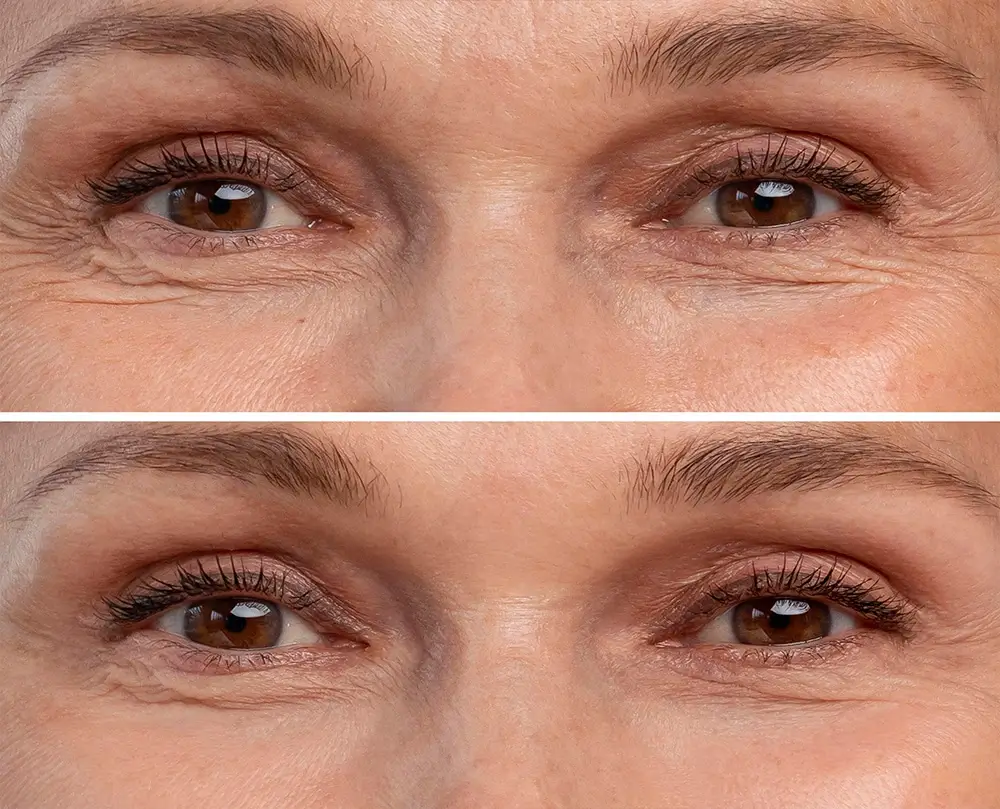
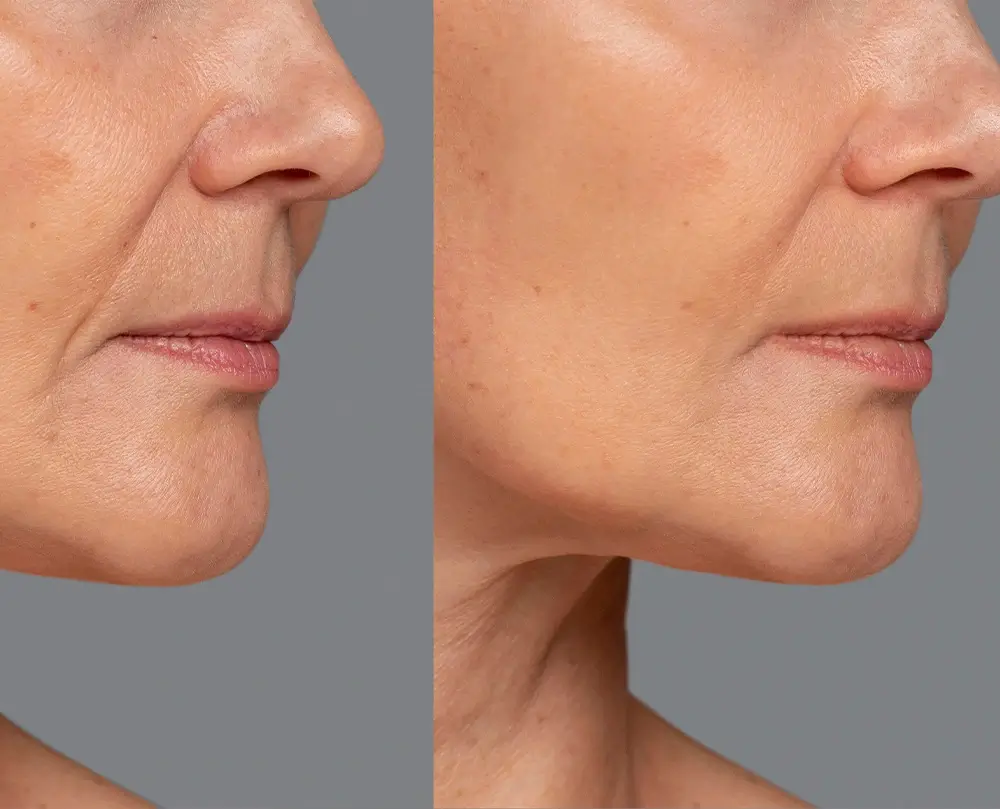
Botox® Recovery Time
Botox® is known as a ‘lunchtime procedure’ because patients can return to their daily activities, including work, after a few hours. Patients, though, are advised to avoid:
- Lying down for at least 4 hours after the treatments, and
- Exercise for at least 24 hours,
- Consuming alcohol prior and after the treatment for at least a week, and
- Anti-inflammatory medicines and aspirins for almost two weeks before the treatment takes place. This will help reduce bruising.
Frequently Asked Questions
Will Everyone Know I Had Botox?
People who know you well may remark on you appearing younger, fresher, or happier the next time they see you. However, when Botox injections are performed skillfully, most people probably won’t know that you had them.
How Long Does a Botox Injection Last?
Most patients notice that the effects of their Botox treatment last for about three to four months. However, it is important to realize that each patient is unique, and several factors may make your Botox injections effective for a longer or shorter time period.
For instance, the amount of Botox that is injected will affect its longevity. The more units of Botox that are injected, the longer the effects will probably last.
It also is possible that the strength of the muscles being treated may affect longevity. Stronger muscles will require more Botox to achieve lasting effects.
If you opt for follow-up treatments, this will also lengthen the effectiveness of your Botox injections. Follow ups may extend the life of your Botox treatments to six or eight months.
Are There Any Side Effects?
Rare, temporary side effects may affect some patients. About one to five percent of patients who receive Botox injections experience mild droopiness of the eyelid or eyebrow. This side effect usually disappears within several weeks. Other rare side effects may include headaches and slight bruising at the injection site.
Have You Heard About the Botox Nefertiti Lift?


